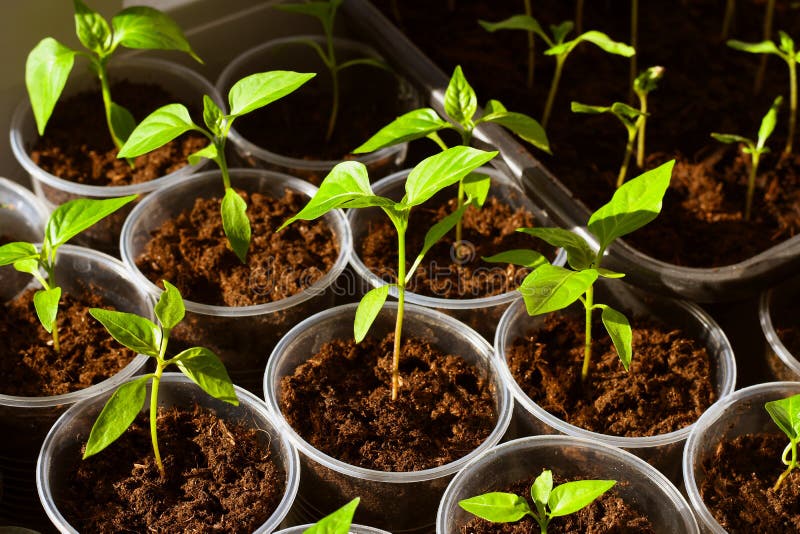

Or, use a water soluble fertilizer like Miracle-Gro® Performance Organics® Edibles Plant Nutrition every week or two during the season to keep plants well fed. Simply pull back the mulch, scatter fertilizer around the base of each plant, and replace the mulch before watering well. Wherever you plant, be sure to put a few inches of mulch down around each pepper plant to help keep the soil cool and moist.įor bigger harvests, planting in great soil is a good start, but you'll also want to feed plants with a continuous-release fertilizer like Miracle-Gro® Performance Organics® All Purpose Plant Nutrition Granules regularly throughout the growing season (see label directions for timing). In raised beds, try Miracle-Gro® Performance Organics® Raised Bed Mix, which provides excellent drainage and an ideal environment for root growth. When planting in pots, fill them with a fluffy, premium quality potting mix like Miracle-Gro® Performance Organics® All Purpose Container Mix, which contains nutrient-rich compost. Planting in a container or raised bed requires different, lighter soil. A generous amount of organic matter helps the soil retain moisture, and moist soil is crucial for good pepper production. For in-ground gardens, mix several inches of compost or aged compost-enriched Miracle-Gro® Performance Organics® All Purpose In-Ground Soil in with the top layer of existing soil. Peppers grow best in a soil with a pH between 6.2 and 7.0, although they can tolerate slightly alkaline conditions near 7.5. In beds or rows, the best spacing for most pepper plants is 18 to 24 inches apart (check the tag for exceptions). Colorful peppers also make great additions to beds planted with flowers and other edible ornamentals, where they can easily serve as specimen plants. Peppers have a naturally upright growth habit, so they often benefit from staking, which keeps brittle branches from breaking when they become heavy with fruit. Growing peppers is easy in any sunny, well-drained spot, and they are good candidates for roomy containers, too. Be sure to pick all peppers before the first fall frost comes.

Harvest peppers with shears or a knife, then store in the fridge.Support each pepper plant with a stake or small tomato cage, to help bear the weight of the fruit once it begins to produce.Spread mulch (such as chopped leaves or straw) around the plants to help keep the soil cool and moist.Mix a continuous-release fertilizer into the soil at planting and replenish as directed during the growing season.Aim for a total of 1-2 inches per week (more when it's hotter).




 0 kommentar(er)
0 kommentar(er)
